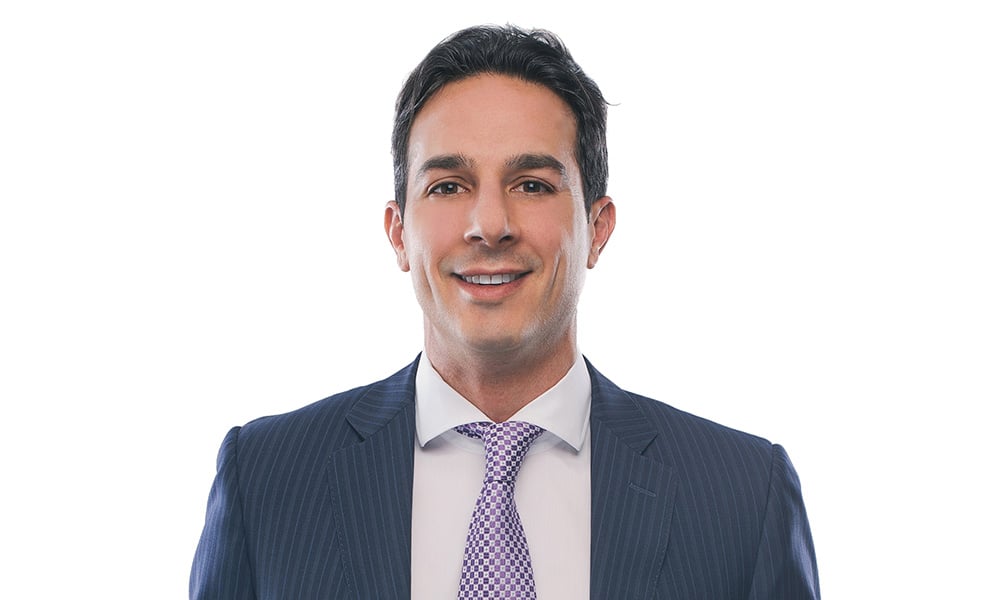BMO business advisor and transition team outlines key elements to unlock success

Do you have business clients facing a management transition? If so, John Paniccia, BMO Private Wealth’s Vice President and National Director of Business Advisory and Transition Planning, has some tips to consider to help them.
“Trillions of dollars are going to change hands with the baby boom generation, and statistics show that one in three family businesses succeed to the next generation, but only one in nine succeeds to the third generation,” Paniccia told Wealth Professional. He said transitioning management accounts for 80% of successful planning – but is often initially overlooked – so advisors should be proactive in helping owners identify, and resolve, the issues.
“It’s not because of procedural items that business transitions fail. It’s really the business readiness and transition of management that is truly a driver of many of the failures,” he added. “So, we explain that it’s the owner’s job to put that succession aspect in place. We explain that it’s a process, not an event, that takes a number of years.”
Paniccia recommended that business owners take at least three years – five to seven years to groom the next generation for a family transition. Advisors can help by raising the succession topic, particularly if the owner isn’t discussing it. But they can also work with the families and have follow-up conversations over multiple years as they prepare for the exit.
BMO’s team assists its investment advisors. That can start with meeting the business owner and even spouse to answer their questions about succession planning. They review the procedural items, such as tax restructuring, business valuations, and legal documents, but then address the emotional areas of a management transition.
“Many small business owners often are the business, and it would falter in their absence. So, we work with them on a key concept, called working on versus in the business,” he said. “That means really positioning the business so it could continue in the owner’s absence, and that often means delegating or grooming successors to ensure that the skill set for the business owner is passed on, whether that be to management or the next generation.”
The team then looks at de-risking the business. It checks whether the owner has a work-life balance and can take time away from the business. “If the owner is always in the business and not able to take a break from it, that’s a sign of risk that could be owner over-reliance,” he said. It also looks at the skills – communication, marketing, or networking – the owner has and who in the business can carry them forward, so it can continue to achieve future cash flows when the owner leaves.
“The key question that I would ask is hypothetical: ‘If you spent time, say two months, away from the business, what would happen to it?’” said Paniccia. “That’s often an eye opener for those who are buried in the business, and they quickly realize the risks. If something happened to them tomorrow, what would happen to the business and, therefore, their family?”
The BMO team also checks as to whether the children are involved in the business, and whether they’re siloed or have a broad perspective on it, but also whether they are willing and able, or have the drive to run it, if they took it over. That may be an unknown factor if the children are still in university or haven’t determined if they’re interested in the business yet.
“That’s tough for some parents to assess and look at: ‘Does my child have the capabilities? Can I groom them and trust that they’ll lead the family enterprise in the right direction and maintain that family harmony?’” he said.
The team checks whether the families have consulted with their children about their expectations and how those will impact the business, and it will even help facilitate those, especially if an owner is more domineering and the family members less forthcoming. It will often meet with the parents and children individually and bring back discussion themes, like what role each child might play or who’s going to have the major relationships with the external stakeholders. But, he noted that planning the succession can be more complicated if there are several children involved with different business goals.
The team also looks at the technical gaps or risk factors, which may include diversifying the customer base or delegating operational components – especially if the owner has been instrumental in things like winning all the contracts. It urges building that second layer management team to lessen the reliance on the owner. But, it can also look at what financing may need to be addressed to facilitate the transition.
“You may have the management place, but it may not be able to get the debt or equity financing to finance the acquisition of the business, so we work on these procedural aspects, too,” he said. “We work on de-risking the business over time, which keeps their exit options open, so a family transition or a third party sale could be effectively achieved in the future.”
“Transition and succession are not all about the tax structuring evaluations and legal agreements,” said Paniccia. “Those are very important components, but the other aspect of the emotional items is often overlooked in the management transition. The key themes that we try to instil in our clients are that this aspect is a process, not an event. It’s working on the business versus in the business, which eventually de-risks the business to keep the business owner’s exit options open. And whether that’s a family transition or a third party or a management sale, communication is key. You really have to start as early as possible and be flexible because there will be changes along the way.”



